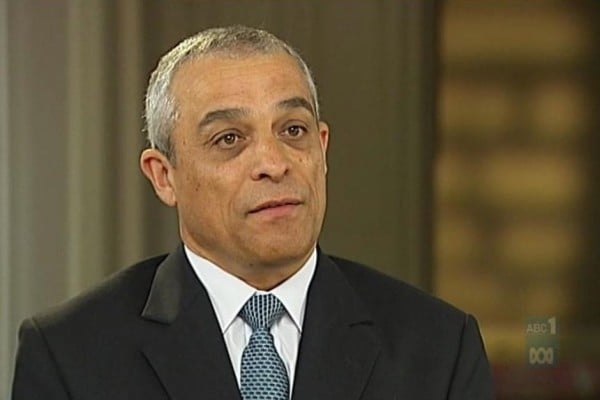
Who doesn’t love a good crime drama?
The crime scene, the chase, the way clues fall like dominoes until the police catch the killer.
Then the arrest, and the trial. The entire process unfolds on our screens in a half an hour time slot between the news and late night TV. It’s all very simple, isn’t it?
Wrong. So very, very wrong.
Former Victorian homicide detective Charlie Bezzina is here to tell us how it all really goes down.
Listen to Meshel Laurie talk to Charlie about his experience of investigating the Melbourne underworld. (Post continues after audio.)
Charlie’s been involved in crimes so monstrous you can’t begin to understand their reality. Like the case of serial killer Peter Dupas, who killed at least three women in the 1980s and 1990s. The conviction of Matthew Wales who killed his mother and step father in 2002. And, of course the investigations into the infamous gang-land wars that inspired the hit TV show Underbelly.
So, what really happens at a crime scene?
“You’ve got to let the crime scene tell you the story. I’d walk into a crime scene in defence barrister mode… ‘How can I connect the offender to this crime scene? And why would someone want to kill this particular person?’
“You start with the body, and work your way out. The bigger circle. The family are all persons of interest. You eliminate. You start with the family, then their social circles, their work circles and the likes. Invariably you might find, more often than not, that someone is connected, that the offender knows the deceased or the deceased knows the offender in some way,” he explains.

Top Comments
There's weekend convention in Perth called Crimescene WA, that's run every year. They have a mixture of real forensics experts and crime fiction authors talking about what they do - famous cases, new forensic techniques, etc.It's a cool way to spend a weekend if you like reading crime books.